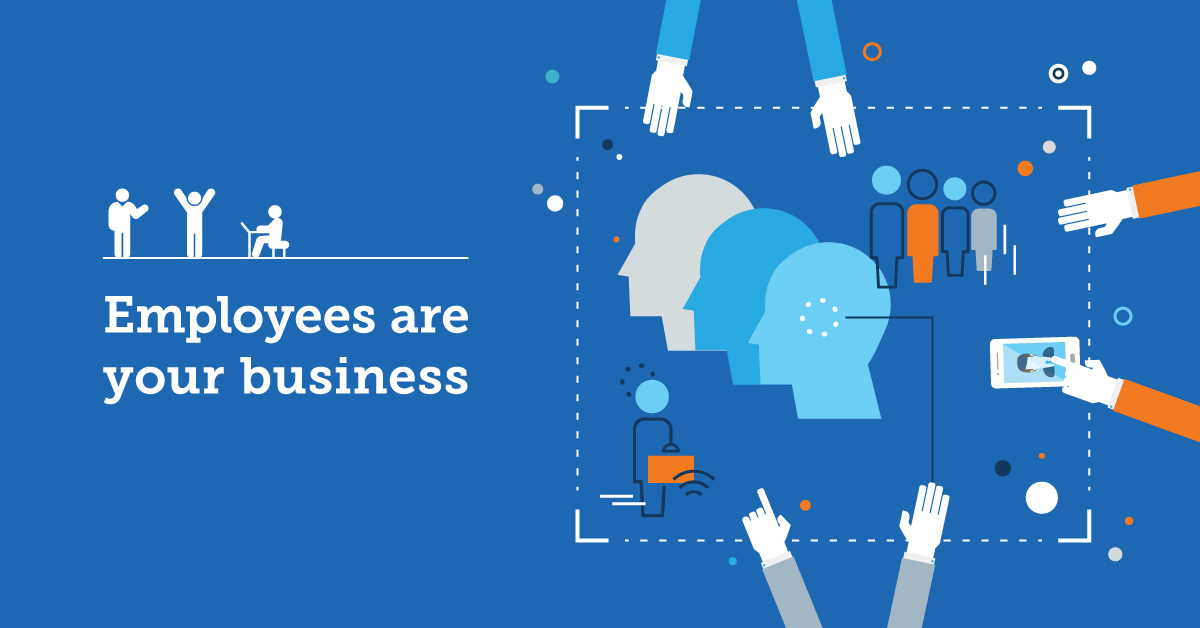
Ever since the COVID-19 (coronavirus pandemic) began, it’s making a huge impact on our daily lives. Amid global country-wide lockdowns and social distancing, many companies have made a sudden shift to working from home to help reduce the coronavirus transmission. Yet many companies were not fully prepared for this transition. In tough times like these, it’s important to not only have the right tech and collaboration tools but also to have a plan for keeping your staff motivated and focused on their jobs.
- Ask your employees what they need
Although this may seem like an obvious point, it is all too often overlooked. To change things for the better for people, you must first know what they think. In simple terms, this comes down to what employees feel has been poor about their experience at work in the past, and what they would like to see changed in the future.
What you learn will help you to see problems and challenges from the eyes of the employees, which is invaluable in helping you understand possible solutions and how you can put them in action.
One of the best ways to do this is through employee feedback and surveys. You need to develop mechanisms to obtain feedback at each stage of an employee’s journey and be able to analyses that data.
- Define and set your desired goals
Once you understand the opportunities and any problems you are facing in respect to your employee experience, it’s time to examine what matters most to people and define and set your goals in terms of addressing these issues.
Obviously, budget and other constraints need to be taken in to account in this phase, so everything needs to be examined carefully. This will enable you to establish clear goals in relation to your desired employee experience, which are based on solid evidence.
- Technology’s impact on employee experience
Technology is a great place to double down on experience initiatives. The tools employees use to get their jobs done, as well as those used to access pay, benefits, and standard HR information, can have a significant impact on the employee experience. And even I was shocked by a 2017 study that found one in three employees would consider leaving their jobs due to outdated technology.
- Address your core improvement areas
To improve the employee experience in any organization, you must centre on three core factors:
Environment: Where people actually do their job can have a massive impact on how well they do it, so your working environment is a crucial factor in a positive employee experience.
More companies are seeing that investing in the working environment pays big dividends. Airbnb, for example, has introduced a new concept where employees can choose to work on their own or with others, and in different spaces – such as specially-designed workplace kitchens and living rooms.
Culture: The workplace culture can be both positive and negative, depending on how it’s perceived by the employees. But people often don’t know or understand a company culture until they actually start work. And if they start working and discover they don’t like the culture, then it will affect their productivity, whilst their negative attitude will also drag others down.
To avoid this, it’s a good idea to illustrate your company culture with a clearly defined vision and set of values, so potential employees know what they are entering into before they take a job.
Technology: The tech that employees use to get their job done is another crucial part of your employee experience. Good tech enables, bad tech hinders.
So, try and use technology to improve life for your employees, but don’t just focus on processes for getting work done or automation. A good example is using digital communication tools and systems to enable flexible working options – meaning your staff aren’t bound by the grind of the traditional working day and commute.
- Measure, monitor and evolve
To be successful, the progress of your employee experience must be measured and monitored. What exactly is making the lives of your staff better? And is there anything that is actually having a negative effect?
So, you must constantly touch base with your staff to understand what is happening – and tweak your strategy accordingly. This will allow your employee experience to evolve and prosper.


